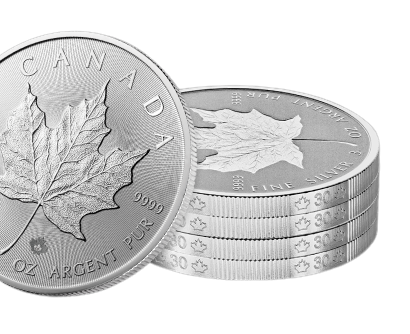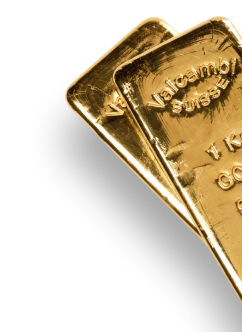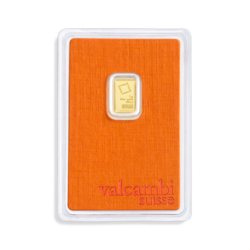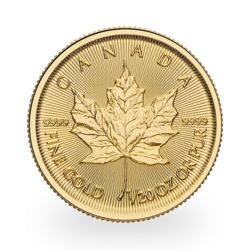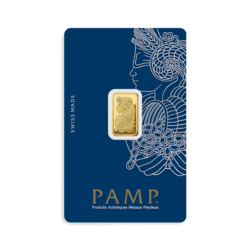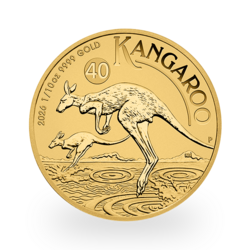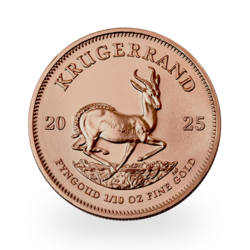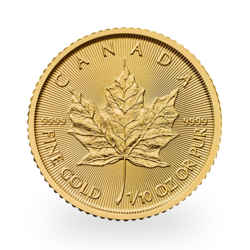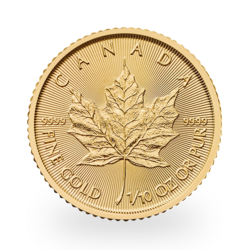Remember the cycles of the mining industry.
For multiple reasons, the price of extracted ore tends to fall, particularly due to competition. Thus, as a mine is operated, the metal content generally decreases, reducing its profitability until the company decides to close it. There are therefore periods during which the extraction of a particular metal is no longer profitable, leading to a sharp drop in production, and then, gradually, a shortage.
For precious metals, to mask the erosion of the purchasing power of currencies, prices were long tightly regulated, first by specialized administrations, then by groups of central banks, such as the "London Gold Pool" until 1967. Subsequently, a banking Cartel continued to manipulate the prices of gold and silver through various means. Among these, COMEX futures contracts were a major tool, allowing traders to trade huge volumes of metals without ever demanding delivery.
Since 2004, this Cartel has been implementing ETFs (Exchange Traded Funds), allowing anyone to buy shares with a simple click, giving investors the false impression of acquiring gold or silver, without having to worry about custody or insurance. But this was merely an illusion. In reality, the investor's cash flow wasn't necessarily used to acquire physical metal; it could even be used, depending on the Cartel's interests, to bet against the rise of gold or silver. This type of financial product is collectively referred to as "paper gold" or "paper silver. » These substitutes have grown so widespread that, according to the US debt clock, there are approximately 134 ounces of paper gold for every ounce of physical gold, and 364 ounces of paper silver for every ounce of physical silver.
The Chinese market
In 2002, China launched the Shanghai Gold Exchange, which became international in 2014. It is a physical market, where every gold or silver bar sold actually changes hands on the same day.
China is both the world's largest producer and consumer of gold, importing two-thirds of its consumption. It is also the second-largest producer of silver and one of the largest consumers, due to its status as the "world's factory."
In principle, all these precious metals must transit through the Shanghai Gold Exchange.
Depletion of reserves
We all know that underground mineral reserves are gradually being depleted. In Mexico, silver production could become residual as early as 2027, and in China, there are officially only ten years of exploitable reserves left. Yet demand continues to grow, driven by IT, electronics, artificial intelligence, new energies, and the arms industry—sectors that are particularly hungry for silver, well beyond current mining production capacities. It is this imbalance that is fueling the structural deficit in this market.
As for gold, since 2009, central banks have become buyers again, as if it were destined to regain a monetary role in international trade. Since December 2023, Basel III NSFR rules have granted physical gold actually held a security value on bank balance sheets, while gold in mortgaged form, futures contracts, or ETF shares are now considered negative on these balance sheets.
Therefore, there is a growing demand for physical gold, especially as China actively encourages its citizens to invest in precious metals.
China's response
On June 23, China released a document committing all relevant ministries to promote Gold and Silver geological research, modernize old mines, upgrade ores previously considered insufficient grade, improve refining techniques to reduce their environmental impact, and strengthen all recovery sectors, among other measures.
- The quantity of gold resources will increase by 5 to 10%
- Gold and silver production will increase by more than 5%.
- It is difficult to meet growing market demand.
- Promote the increase of domestic reserves and production.
- Promote a new round of strategic actions to achieve exploration breakthroughs.
- Promote exploration in deep and marginal areas of existing large- and medium-sized mines.
- Promote the expansion of the capacity of operating mines, the production of mines under construction, and the construction of new mines.
- Strengthen the overall utilization of low-grade, difficult-to-process, and coexisting resources.
- Improve the recovery rate of gold, silver, and associated precious metals. - Encourage the development of secondary resources in gold tailings ponds
- Promote the recycling of gold and silver, such as scrap electrical and electronic products
- Improve the gold recycling market system
- Strengthen the coordination and cooperation of fiscal, financial, investment, import and export policies with industrial policies.
- Use existing financing channels to support the development of key technologies in the gold and silver industry.
- Give full play to the role of the national platform for industrial and financial cooperation (the Shanghai Gold Exchange).
- Create a favorable development environment.
- Improve public services such as matching supply and demand.
To implement this policy of developing mining production, and "create a favorable environment", there is only one way, which is to let the price of gold and silver rise by making the process of "supply and demand" work, the search for the true market price.
All of this would be a waste of public money, unless China intends to significantly increase the price of gold and silver.
If that were the case, investors would be delighted to finance geological research, which would finally become profitable for both gold and silver. Old, exhausted mines would regain their usefulness, and new extraction techniques, such as underwater mining, could become economically viable.
To achieve this, it would simply be necessary to allow the price of gold to rise while supporting the price of silver to restore a more balanced ratio between the two metals.
Currently, under the influence of paper money, the price of an ounce of silver has been literally crushed relative to that of gold. In May, it took 104 ounces of silver to buy a single ounce of gold—a completely absurd ratio.
In 2024, mine production amounted to 25,000 tons of silver, compared to 3,300 tons of gold — a ratio of barely 8 to 1.
In the remaining underground reserves, the USGS estimates silver resources at 640,000 tons, compared to 64,000 tons of gold, a ratio of 10 to 1.
This level of scarcity should logically be reflected in the silver price.
In other words, if gold reaches $3,500 per ounce, silver, to restore a coherent equilibrium, should rise to $350 per ounce.
New Upward Channel?
Since 2023, the price of silver has been moving within a channel bounded by support and resistance. In July 2025, it is expected to test the resistance zone, located around $39 to $39.50 per ounce.
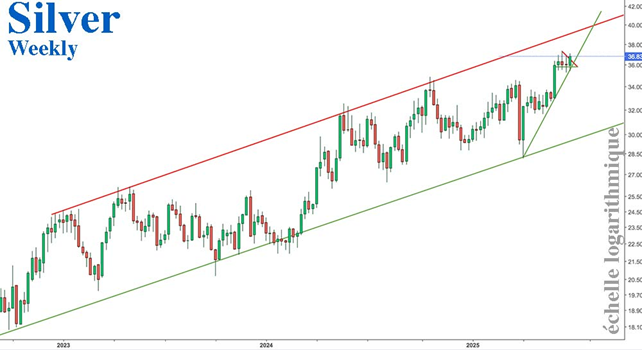
In previous years, the Cartel's bullion banks adopted massive short positions as resistance approached, supported in this strategy by hedge funds and all global speculators.
I tend to think the Cartel is not going to bet on the downside. The market has been in deficit for seven years, and according to Andrew Maguire, all banks now hold long positions in silver for their own accounts.
For 18 months, one player had been manipulating physical silver prices on the COMEX by regularly selling large volumes: HSBC (Hongkong Shanghai Banking Corporation). This bank came close to bankruptcy in 2020, and China severely punished it by withdrawing, for a year, all of its customers from state-owned and semi-state-owned companies.
Ultimately, HSBC was forced to agree to a secret settlement, and its stock gradually returned to its historic highs.
In May 2025, however, HSBC sold only 470,000 ounces of silver, compared to a monthly average of 5.5 million ounces over the previous 18 months.
Is this a sign? I believe so.
The Chinese silver market is dominated by China Chengtong Holdings Group Ltd, a trust that controls the entire silver industry: from mining companies to ore transporters and refineries. It is also a shareholder in the Shanghai Gold Exchange. This Chinese giant calls the shots on the silver market.
As everyone can see, the price of silver in Shanghai is significantly higher than in New York or London. In this context, all mining companies have an interest in selling their production on the Shanghai market. The LBMA and COMEX, although lagging behind, have no choice but to gradually align with the Shanghai Gold Exchange's prices.
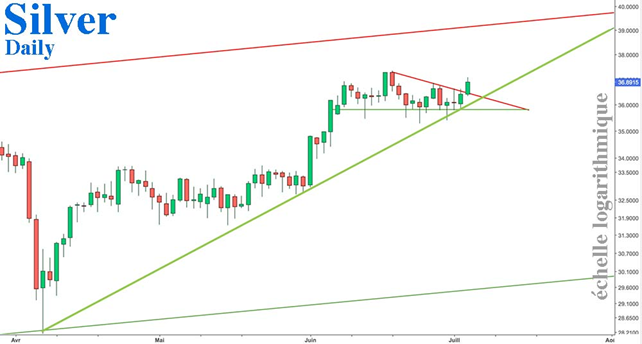
Since the low point of April 7, we are clearly seeing a price increase, supported by a rebound at a bullish support level. By the end of July and during August, the silver market should test the former weekly resistance level. In my opinion, this resistance level will be breached.
All speculators who have taken short positions at this resistance level, hoping for a price decline, could find themselves caught in a short squeeze. By urgently seeking to buy back their positions, they risk causing a sudden acceleration in the rise in the silver price.
The OCC's latest report on precious metals derivatives (page 43) indicates a total of $511 billion in derivatives in the first quarter. According to Andrew Maguire, These positions, although booked in the name of the banks, would in reality be initiated on the orders of the Fed and the OCC, with the aim of controlling precious metal prices, which are seen as clear indicators of the erosion of the purchasing power of currencies.
According to BIS statistics, there are $1.025 trillion in gold derivatives, compared to only $103 billion in silver—a ratio of 10 to 1.
If China truly aims to revalue precious metals, and particularly silver relative to gold, the resulting short squeeze would amount to tens of billions of dollars, with the potential for extremely dramatic increases in the coming months.
Reproduction, in whole or in part, is authorized as long as it includes all the text hyperlinks and a link back to the original source.
The information contained in this article is for information purposes only and does not constitute investment advice or a recommendation to buy or sell.

